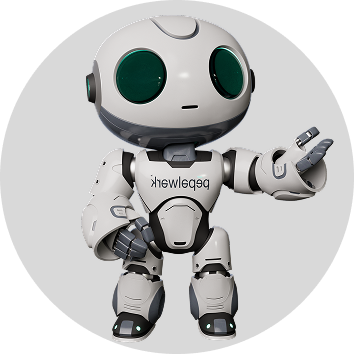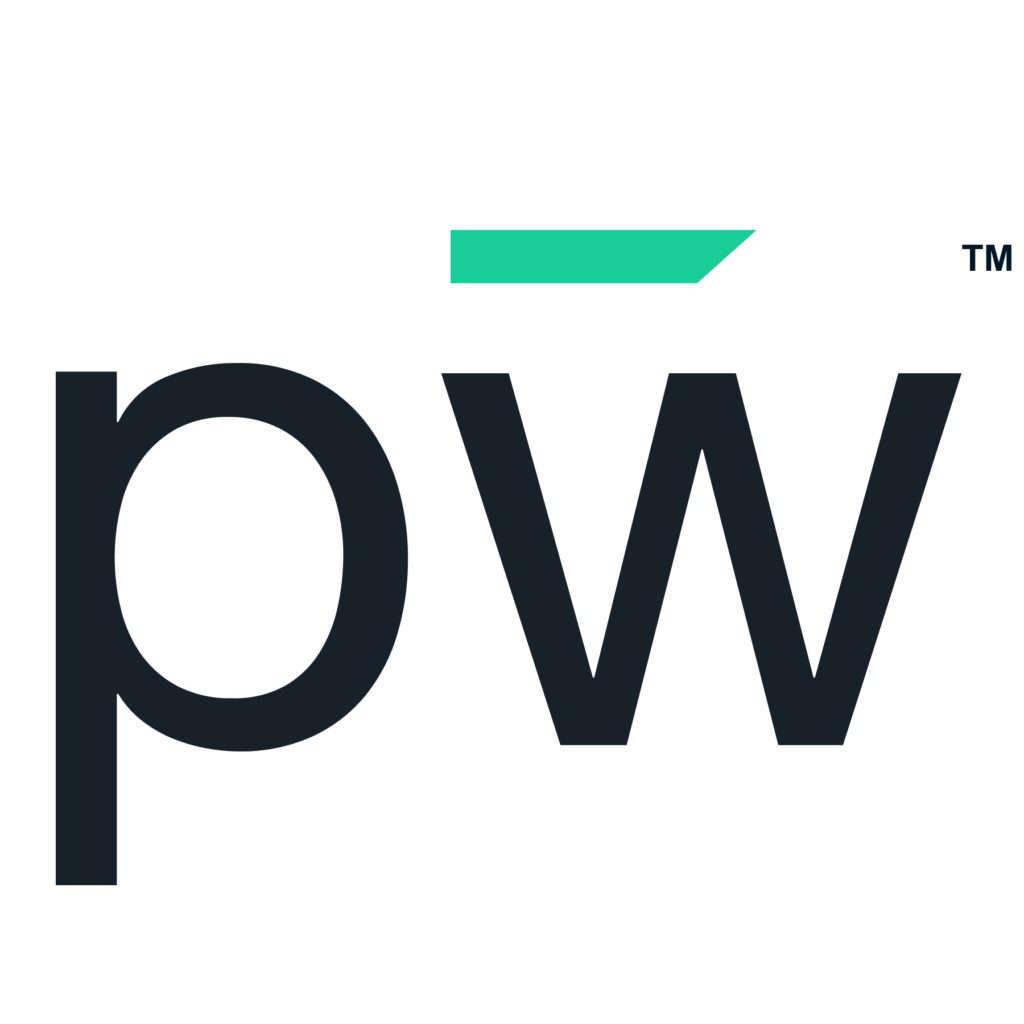As the nature of work continues to evolve, those joining the workforce must have career readiness skills to thrive. Unfortunately, there is a big gap in this area, and it’s only growing. The root of the problem is that schools aren’t keeping up with the transformation of work. The “old-school” way of learning doesn’t align with the in-demand skills employers need.
Funding, regulations and staff shortages are all feeding this growing problem. But schools and companies can work together to address them.
Schools aren’t keeping pace with workforce changes.
Students often lack the in-demand hard and soft skills employers need today. On the technical side, they need exposure to artificial intelligence (AI), automation and other specialized aptitudes. People skills, including communication, critical thinking, decision-making, collaboration and creativity, are just as important. Employers expect new entrants into the workforce to have learned these in school.
Why aren’t schools transitioning? There are three main hurdles: funding, legislation and a shortage of educators.
They face funding challenges.
Money has long been — and will continue to be — an obstacle in the way of improving the learning experience. It’s a common refrain that public schools are underfunded, but this is steeped in facts. Public schools receive funding through state, local and federal resources.
A report from the Economic Policy Institute revealed these findings:
- The current system shortchanges students; it’s inequitable and inadequate, especially for those in low-income households. The report analyzed data sources and determined that highest-, high- and medium-poverty pupils received less funding than needed.
- Recessions hamper local funding, and federal spending has to pick up the shortfall, but this money isn’t always readily available.
- The school finance system should act as a public investment since it can stabilize economies.
Pandemic relief funding did boost spending in 2020 and 2021, which increased the average spend per student across the country. These Elementary and Secondary School Emergency Relief dollars were to address the impact of the pandemic, but their application toward career readiness was insufficient.
At the state level, Texas House Bill 3 reimburses districts for college-, career- or military-readiness programs. Leveraging these opportunities would enable school districts to invest more in supporting career readiness skills.
There are legislative challenges.
There is overlap in looking at legislation and funding issues. The red tape of career readiness for high school students impacts the future of work. Career services and educators must abide by many rules and regulations that hinder and complete progress.
In a survey of educators, 65% said that bureaucracy interferes with teaching. Legislation continues encroaching on the classroom, which contributes to students being underprepared for college, careers and adult life.
They continue to see teacher shortages.
It’s common knowledge that there is a significant teacher shortage. An analysis of data across the U.S. indicates there are more than 55,000 vacancies. Educators are leaving in droves due to wages, regulatory overreach and volatile environments. Those staying in the profession feel burned out. In one survey, 44% of workers in K-12 education reported “always” or “very often” feeling burned out at work. In addition, 80% said they’ve had to take on more work due to workforce gaps, and 86% of districts report it’s difficult to hire new teachers.
All these problems add up to create a landscape that isn’t propelling student success or enabling them to develop career readiness skills.
What can schools and employers do to improve career readiness?
The issues cited above aren’t going to magically change. It will require considerable time and new perspectives on learning. There are some strides schools can and should implement.
Improve differentiated learning.
Learning doesn’t just occur in the classroom. Empower students to learn at their own pace with a variety of tools, including technology that helps them define and improve their capabilities.
Create education and employer partnerships.
Employers, career services and educators can work together to prepare students for jobs. Employers can provide feedback on the hard and soft skills they are seeking, which could inform career services opportunities and curriculum. A concerted effort by all stakeholders can be vital to retooling career readiness initiatives.
Emphasize transferable skill development.
Transferable skills are in high demand across career fields. The top skills to focus on are critical thinking, communication and creativity. Laying this foundation early can make a difference in how prepared students are for work.
Help students identify the job skills they need for the careers they want.
This last strategy ties into skill development and using modern career services platforms, such as pepelwerk. It has the tools to support students to identify and highlight their skills. It uses artificial intelligence (AI) and machine learning algorithms to match a student’s attributes, attitudes and abilities to a job, apprenticeship or internship.
Other features to drive career readiness skill development include:
- AI and career assessments
- Work and adult life readiness content
- Virtual reality job exploration
Employers that use pepelwerk are on the other side of the match, enabling a skills-based hiring approach. The technology provides candidates with the best potential to be a good fit based on all their qualities.
All these components make the transition from school to work less bumpy. Modernizing your technology is critical to breaking away from the “old-school” infrastructure mindset.
Partner with pepelwerk for career readiness initiatives.
The challenges you face are considerable, but taking action and shifting mindsets about becoming career-ready is a step toward progress. Partnering with us and leveraging our technology can strengthen students’ knowledge and capacity to begin their careers.
Find out more about pepelwerk and the career readiness revolution by attending one of our events.










